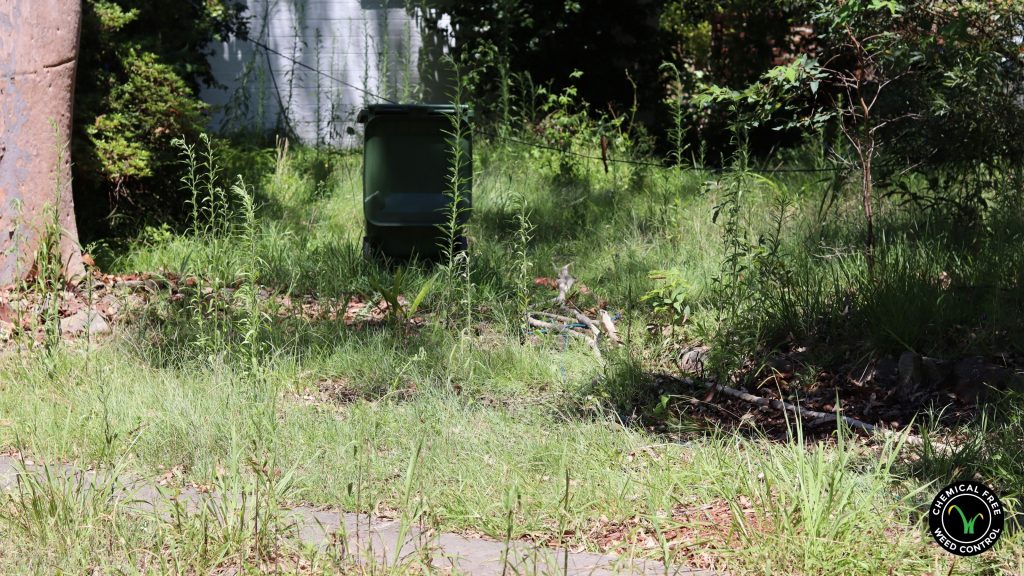[vc_row][vc_column][/vc_column][/vc_row]
Although many people think of weeds as a single category of plants, there are in fact three types of weeds by gross morphology: grasses, sedges, and broad-leaf weeds.
Each type of weed has different life cycles, and requires different methods for control. Whether you’re a farmer, landscape owner, or weed control manager, it’s important to be able to classify and identify these weeds.
Let’s take a closer and deeper look at these classes of weeds by gross morphology!
The Basic Anatomy of Weeds
There really is no unifying characteristic that puts all weeds into a single category. They vary in shape, size, morphology, and life cycle. Any plant can be considered a weed when they grow where they’re not supposed to grow. When they do so, they can compete with other crops for nutrients, causing loss of horticultural productivity. However, like any other plants, they can be grouped into three depending on their gross morphology. By understanding the gross morphology of weeds, you can develop an effective weed management plan that targets the specific weeds present in your garden or landscape. Thus, it’s important to identify weeds based on several characteristics that define them.

You can identify plants and determine if they’re grass, sedge, or broad-leaf depending on their visible characteristics. These include leaf-shape, leaf structure, the arrangement of the leaves, roots and underground structures, plant height, and many more.
Knowing the differences between these groups of plants can help you to identify and control weeds more effectively. For example, grasses are easily killed with herbicides, while sedges are resistant to many herbicides. Broad-leaf plants are generally easier to control than either grasses or sedges.
Types of Weeds by Gross Morphology
As mentioned above, there are three types of weeds depending on their gross morphology: Grasses, Sedges, and Broad-Leaf.
Grasses
Grasses, or true grasses, are the most common type of weeds and can be found in both lawns and gardens. Weeds considered as true grasses are composed of one seed-leaf (monocotyledon) that emerges from the soil. They have leaves that are long and narrow, with parallel venation patterns.

True grasses grow from the ground in an alternating pattern around a hollow stem called culm. Each of the growing leaves are composed of two parts, the upper portion called the blade and the lower portion wrapped around the culm, called sheath.
Grasses have narrow leaves and grow in clumps. They are easily killed with herbicides, but they often return from the roots. Some common grasses include bermudagrass, crabgrass, nut grass, and winter grass.
Sedges
Sedges exhibit a lot of the characteristics of the true grasses but they also have some differences. First, sedges have stems that are solid, triangular, and they contain no nodes. Their leaves are arranged in a three-ranked arrangement unlike the alternating pattern of grasses.

Sedges are a type of grass that has triangular leaves and grows in bunches or tussocks. They are resistant to many herbicides and can be difficult to control. Some common sedges include bulrush, cattail, club rush, and water sedges.
Unsure if these are Australian prevalent varieties or the ones to mention – check with JW
Broad-Leaf
Broad-leaf plants are the most common type of weed found in gardens. They have broad leaves and can be either annual or perennial. Annual broad-leaves germinate, grow and flower within a single season, while perennial plants live for more than one year. Some common broad-leaf plants include dandelion, clover, plantain, black medic, and morning glory.

Conclusion
Grasses are the most common type of weed and they’re also the easiest to control. On the other hand, broad-leaf weeds are more resistant to herbicides and may need more attention when it comes to weed control. Identifying and classifying weeds are very important especially in controlling their growth and preventing them from competing with crops. With proper classification of weeds, you can then devise an effective weed control strategy.
